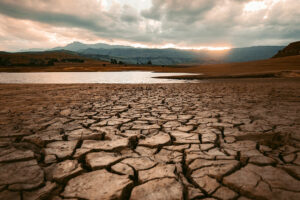THE National Irrigation Administration (NIA) said on Monday that the priority areas for additional irrigation with the onset of the El Niño dry spell will be mostly in Luzon and the Visayas, leaving Mindanao largely unaffected.
At a Laging Handa briefing, NIA Acting Administrator Eduardo M. Gullen said: “As of now, there are only a few standing crops as everyone has already reaped but for the next (rainy-season) cropping, slight rainfall is expected because of El Niño,” he said.
Citing the government weather service, known as PAGASA (Philippine Atmospheric, Geophysical and Astronomical Services Administration), he said irrigated land in Mindanao region are unlikely to be affected by El Niño.
Mr. Gullen said the augmentation of irrigation resources will include resort to a field-flooding technique that farmers can turn to reduce overall water use.
He proposed the supply of additional inputs to farmers of high-value crops, in coordination with the Department of Agriculture, in areas that will have no access to water.
“Ang isang system din ng NIA dyan ay magtanim ng high yielding varieties like mga hybrid kasi times two ang mga output diyan, so para ang kakulangan natin sa bigas at least mabigyan pa rin natin (Another measure NIA recommends is the planting of high-yielding hybrid varieties, which can bring about double the usual output. Whatever shortage in rice production can thus be mitigated),” he said.
According to NIA, its coverage is 65.28% of the 3.12 million hectares of irrigable land, with 1 million hectares considered underdeveloped.
Last month, NIA partnered with the Public-Private Partnership (PPP) Center to fast-track irrigation projects.
The agency has identified 50 potential PPP projects that can generate seven potential revenue streams such as hydroelectric power, solar power, aquaculture, wind energy, bulk water supply, water treatment, and carbon credits. — Sheldeen Joy Talavera
